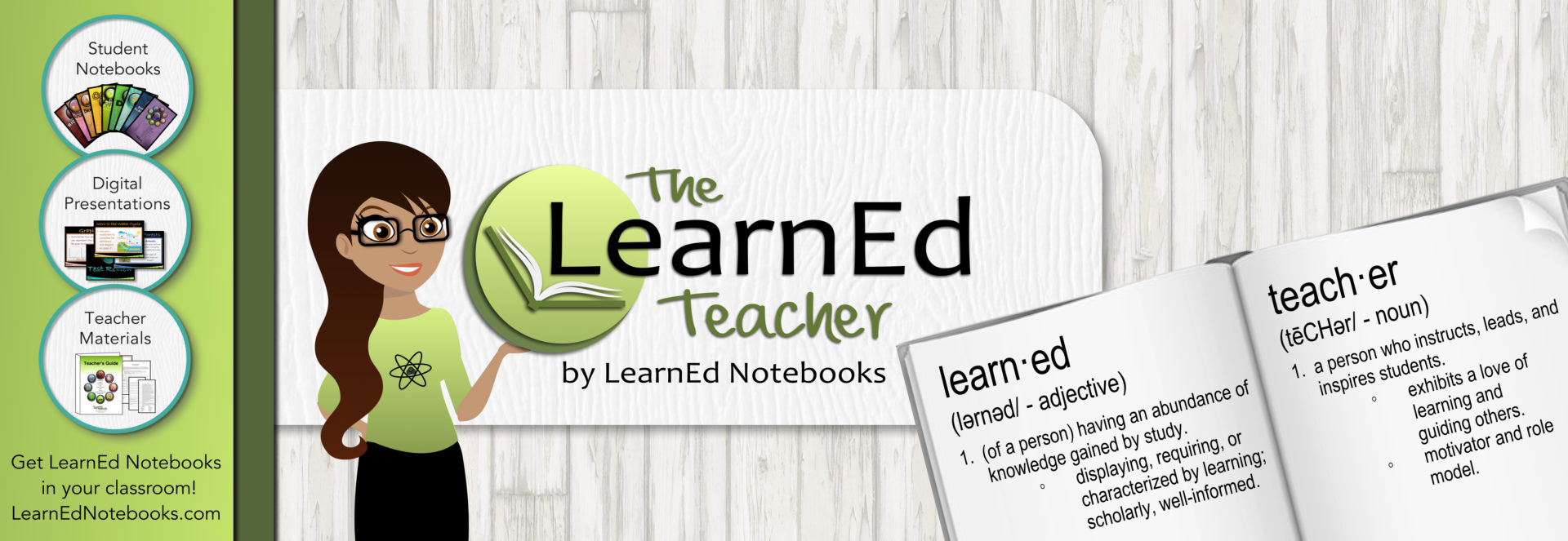If you haven’t checked out step one of close reading, click here for the same approach with a shorter text.
But we all know that if we just hand the kids an article to read, they’ll skim it, getting the bare minimum and not remember what they read 5 minutes later. Plus, many of their standardized tests will have reading passages with questions so this is a great way to prepare for that test all year long.
RELATED: EDITABLE TESTING TIPS POWERPOINT
Here’s how to incorporate a close reading of a science text:
- Locate an article. This can be something related to what you’re currently covering in class or an interesting recent discovery. Not sure where to get an article? Follow us on Twitter for access to high-interest articles every day.
- Reformat for easy annotations. Copy and paste the article into a document (such as Google Docs or Microsoft Word) so it can be edited. When students are doing a close reading, you want them to show their thoughts on paper so they need room in the margins and at the end of paragraphs. If it’s an extremely long passage and you’re short on time, you may want to use only part of the article.
- Print out a class set. If you’re using interactive notebooks, have students glue them into the notebook. Don’t use highlighters with this activity. If you want their annotations to stand out, allow them to use colored pencils. Allowing the use of highlighters tends to turn into one big highlighted page with none of their thoughts recorded.
- Select keys to use with your students. Go through close reading as a class several times until you feel that they’re ready to do it on their own. Reiterate that the important piece of this assignment is to show (with your pen or pencil) what you’re thinking. They shouldn’t be worried about right and wrong answers, but should be cognizant of explaining how they arrived at that conclusion. Some examples are:
- <3 = a favorite part
- ! = something that makes you say “Woah!”
- ? = confusion
- * = the most important part of the passage
- C = connection
- Push them to go a step further. You can start out with just the keys listed above but once they’ve mastered that, they should start explaining the why behind each symbol. For example, instead of just a <3 at their favorite part, have them write why it’s their favorite part. Continually remind them that it can be (or at least start out as) something as simple as noting “<3 I saw coral reef when we snorkeled on our cruise this summer,” on a sentence about a new coral reef discovery. The idea is that they’re connecting to things they already know or things in their own life.
A LearnEd teacher used this article shared on our Facebook page and had his students annotate it. Click here for the Google Doc link to print out a class set and use it with your students.
Follow LearnEd Notebooks on social media! Pinterest // Facebook // Instagram // Twitter // YouTube
________________________

LearnEd Notebooks provides teachers and students with an innovative notebooking solution. We specialize in providing educators with a unique curriculum that allows you to break free from conventional methods of instruction and spend more time on labs and inquiry-based science. We provide the framework of an interactive notebook with the flexibility of teaching strategies that seamlessly integrate with each teacher’s own methods of instruction. Our complete programs include printed student notebooks, digital presentations, and access to teacher resources — each focusing on diverse learning styles and engaging instructional strategies.
Click here to get LearnEd Notebooks in your classroom!
________________________




